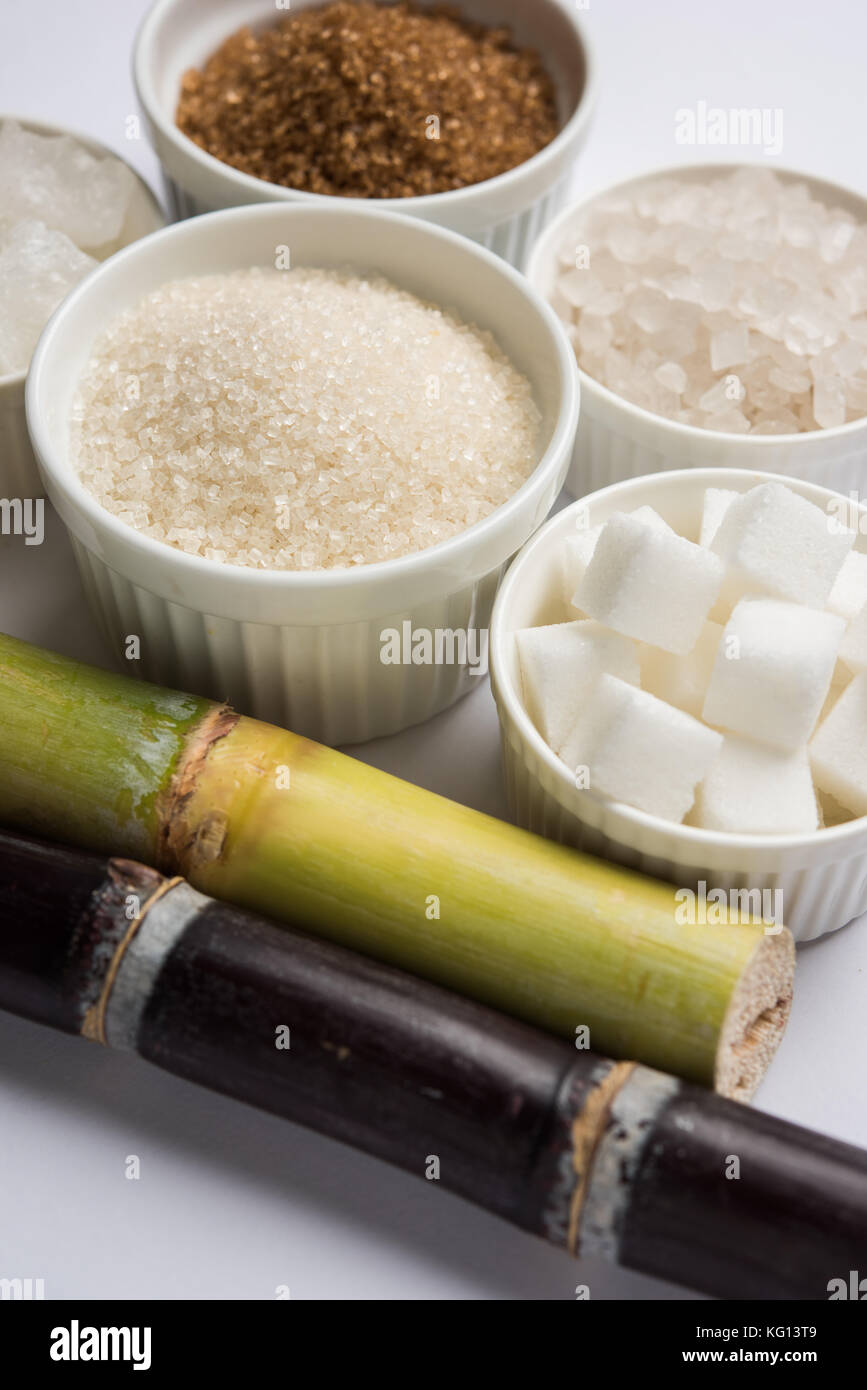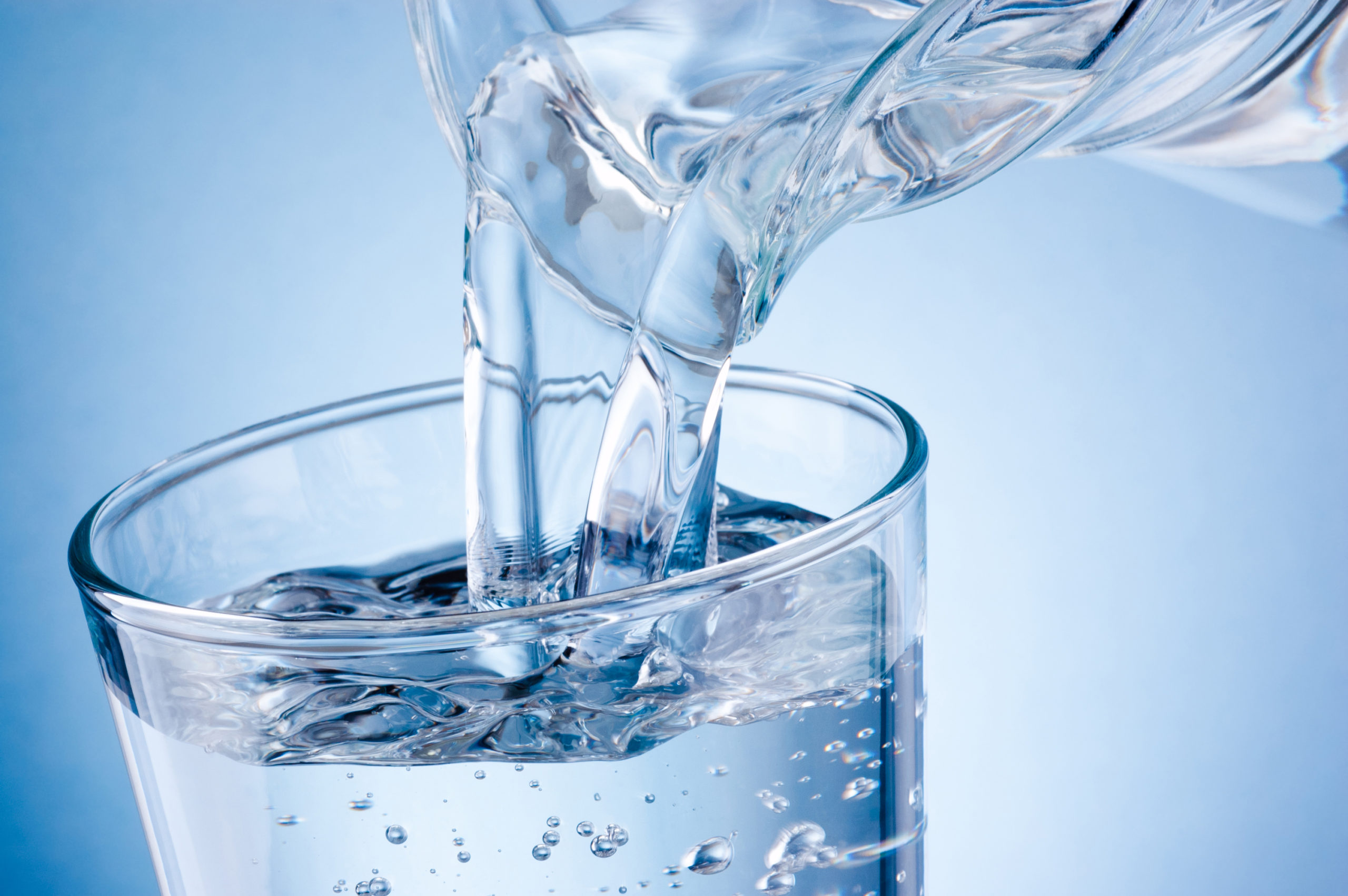Understanding sugar cane products and Their Commercial Impact
Wiki Article
The Comprehensive Journey of Sugar Cane: Recognizing Supplies and Production Approaches
The journey of sugar cane is an intricate procedure that begins in exotic areas with optimal growing conditions. Farming methods are designed to make the most of yield and sustainability. Collecting approaches range from typical hand-operated strategies to modern mechanical approaches. After harvest, sugar walking stick goes through numerous processing phases to change it right into granulated sugar. This expedition reveals not only the complexities of production but likewise the more comprehensive implications for international markets and the setting. What exists yet first makeover?
The History of Sugar Cane Farming
Sugar cane cultivation dates back thousands of years, its origins can be mapped to the exotic regions of Southeast Asia, where early farmers initially identified the plant's wonderful sap. This exploration brought about the growing of sugar walking cane as a staple crop, gradually infecting India and the Middle East. By the initial millennium advertisement, sugar walking stick was being grown in these areas, where methods for removing and improving sugar were developed.The plant got importance in Europe during the Crusades, as returning soldiers brought expertise of sugar production back home. By the 15th century, the facility of sugar vineyards started in the Caribbean, driven by the need for sugar in Europe. The transatlantic slave labor fueled this growth, as shackled labor was made use of to make the most of production. Over centuries, sugar cane growing advanced, affecting economic climates and cultures worldwide, making it a significant agricultural asset.Growing Conditions and Agricultural Practices
The effective cultivation of sugar cane relies greatly on specific growing problems and farming practices. Perfect temperatures range in between 20 to 32 levels Celsius, with well-distributed rainfall of 1,500 to 2,500 millimeters each year. Dirt top quality is vital; fertile or sandy dirts, rich in natural matter, advertise healthy growth.Farmers frequently utilize various agricultural techniques to enhance return. Plant turning and intercropping prevail methods to maintain soil fertility and control pests. Routine irrigation may be required in drier areas, making certain that the plants receive sufficient dampness. Fertilizing, particularly with nitrogen and potassium, is essential for durable growth.Pest and weed monitoring methods, consisting of incorporated pest administration (IPM), help to decrease losses. Lasting practices, such as minimal tillage and organic farming, are gaining traction amongst producers to shield the environment. Collectively, these variables add substantially to the successful production of sugar walking cane.
Collecting Methods and Timing
In sugar cane production, the option between guidebook and mechanical harvesting greatly affects performance and yield. Timing is additionally crucial, as harvesting at the suitable moment guarantees maximum sugar content and minimizes losses. Understanding these factors is important for effective sugar walking cane cultivation.Guidebook vs. Mechanical Harvesting
Collecting sugar walking cane includes 2 primary methods: handbook and mechanical, each with distinctive benefits and obstacles. Manual harvesting, typically done by workers utilizing machetes, enables better precision in cutting and reduces damages to the plant. It is often favored in regions with irregular surface or where the plant is interspersed with other plants, as workers can browse these intricacies better. However, it is labor-intensive and lengthy. On the other hand, mechanical harvesting employs specialized devices to reduce and accumulate the walking stick rapidly, boosting efficiency and decreasing labor prices. This method is fit for large operations but can lead to higher crop damage and dirt compaction. Eventually, the choice between handbook and mechanical harvesting relies on different aspects, including economic factors to consider and ecological problems.Optimum Collecting Timing
Picking the ideal moment to gather sugar walking stick considerably affects both yield and high quality. Ideal harvesting usually occurs when the walking stick reaches full maturation, usually in between 12 to 18 months after planting. At this stage, sucrose levels peak, making sure the very best sugar removal prices. Climate condition likewise play an important duty; collecting throughout completely dry periods can avoid damage to the cane and lessen dirt compaction. In addition, keeping an eye on the plant's shade and leaf drop can indicate readiness, as a yellowing of the fallen leaves suggests that the cane is ripe. Prompt harvesting is crucial, as hold-ups can result in decreased sugar web content and raised susceptibility to parasites and conditions, ultimately affecting general production effectiveness.Handling Techniques: From Cane to Sugar
The handling of sugar walking stick entails critical removal techniques that divide the juice from the coarse plant material. Adhering to extraction, the refining procedure changes the raw juice right into taken shape sugar, making sure purity and quality. Recognizing these techniques is important for understanding the journey of sugar from walking cane to last item.Extraction Strategies Summary
Extraction strategies play a considerable duty in transforming sugar cane right into functional sugar. Originally, the walking stick is harvested and moved to processing centers where it undertakes extensive washing to remove impurities. The next action includes squashing the cane making use of hefty rollers, which launches the juice having sucrose. This juice is after that cleared up via the enhancement of lime and warmth, enabling image source contaminations to resolve out. After clarification, the juice is evaporated under regulated temperature levels to concentrate the sugar web content. Ultimately, formation takes place, where sugar crystals are formed as the focused juice cools. These methods assure the effective extraction of sugar while maintaining the top quality needed for more handling. Recognizing these methods is crucial for understanding the general production of sugar from sugar caneRefining Refine Explained
Refining sugar from the drawn out juice is an essential action that boosts its purity and top quality. This procedure includes several stages, beginning with explanation. The juice is heated and treated with lime and other agents to remove contaminations, resulting in a more clear fluid. Next off, the made clear juice undertakes evaporation, where water is removed to focus the sugar content. The focused syrup is then crystallized by cooling, enabling sugar crystals to form. These crystals are separated from the continuing to be syrup, called molasses, through centrifugation. Finally, the raw sugar is additional refined through cleaning, filtering, and drying out, which removes any kind of staying impurities. The end item is the granulated sugar frequently utilized in homes and industries worldwide, making sure uniformity and sweet taste.Lasting Practices in Sugar Cane Production
Sugar walking cane production has typically relied on intensive farming approaches, there is an expanding focus on sustainable practices that advertise environmental health and wellness and financial practicality. Farmers are progressively embracing methods such as plant rotation, which improves dirt fertility and decreases parasite invasions. Integrated pest management (IPM) is also gaining traction, permitting natural predators to regulate pest populations, thus reducing chemical pesticide use.In enhancement, advancements in irrigation approaches, such as drip watering, are being made use of to preserve water sources. Lasting land administration techniques, consisting of decreased husbandry, aid prevent soil erosion and preserve biodiversity. Several manufacturers are checking out natural farming methods, which eschew synthetic plant foods and chemicals completely, fostering a healthier community.The Worldwide Sugar Market and Economic Effect
Lasting methods in sugar walking stick production not just profit the atmosphere however additionally affect the dynamics of the worldwide sugar market. As customer need shifts towards fairly generated items, nations embracing sustainable methods gain affordable benefits. This pattern triggers significant sugar exporters, such as Brazil and India, to incorporate environmentally friendly practices, thereby impacting international prices and supply chains.Moreover, fluctuations in production due to environment modification and environmental laws can create volatility in sugar prices, influencing economic situations reliant on sugar exports. Regions that invest in lasting farming may experience boosted yield stability, leading to far better market positioning.Economic effects prolong past private nations, as international profession contracts and tariffs shape the competitive landscape. Inevitably, the interplay in between sustainable methods and market dynamics emphasizes the value of flexible approaches in a quickly altering economic environment, affecting both manufacturers and customers in the worldwide sugar market.Developments in Sugar Cane Usage and Byproducts

As the demand for renewable resources expands, innovations in sugar walking stick utilization and by-products are transforming the farming landscape. Scientists and business owners are exploring novel applications that prolong past standard sugar production. One substantial growth is the conversion of bagasse, the fibrous residue left after juice extraction, right into bioenergy and bioplastics (sugar cane products). This not just lowers waste but likewise provides lasting power choices for processing facilities.In addition, developments in fermentation modern technology have actually brought my explanation about the production of biofuels, such as ethanol, from sugar cane, which contributes to cleaner power solutions. Furthermore, the extraction of molasses has opened opportunities for producing value-added items like animal feed and specialized spirits.These technologies not just boost the financial stability of sugar walking cane farming yet additionally advertise ecological sustainability, making sugar walking cane a crucial plant in the change in the direction of a round economic situation. The recurring exploration of its possible remains to generate appealing results
Regularly Asked Questions
What Are the Health And Wellness Results of Consuming Sugar Cane Products?
The health effects of consuming sugar cane items can vary. While they give energy and vital nutrients, excessive intake may lead to weight gain, raised blood glucose degrees, and a higher threat of dental concerns. Moderation is vital.Just How Does Climate Adjustment Impact Sugar Cane Production?
Environment change substantially impacts sugar walking stick production by changing rainfall patterns and boosting temperatures. These modifications can lead to decreased returns, boosted pest pressures, and obstacles in preserving dirt wellness, ultimately impacting both top quality and quantity of harvests.
What Is the Role of Sugar Cane in Biofuel Production?
The function of sugar cane in biofuel production is considerable; it works as an eco-friendly power source, converting sugars right into ethanol. This procedure reduces reliance on fossil gas and aids minimize greenhouse gas discharges, promoting environmental sustainability.
Exist Any Kind Of Different Sugar Stemmed From Sugar Cane?
Alternative sweeteners acquired from sugar walking cane consist of molasses and walking stick sugar itself. These items supply browse around here sweetening alternatives while keeping some nutritional benefits, making them popular choices for customers looking for natural alternatives to man-made sweeteners.How Does Sugar Cane Farming Affect Local Communities?
Sugar walking stick farming significantly effects neighborhood areas by giving employment possibility, increasing local economic situations, and affecting social structures. However, it can additionally bring about environmental concerns and health and wellness problems, demanding a well balanced strategy to lasting practices.Report this wiki page